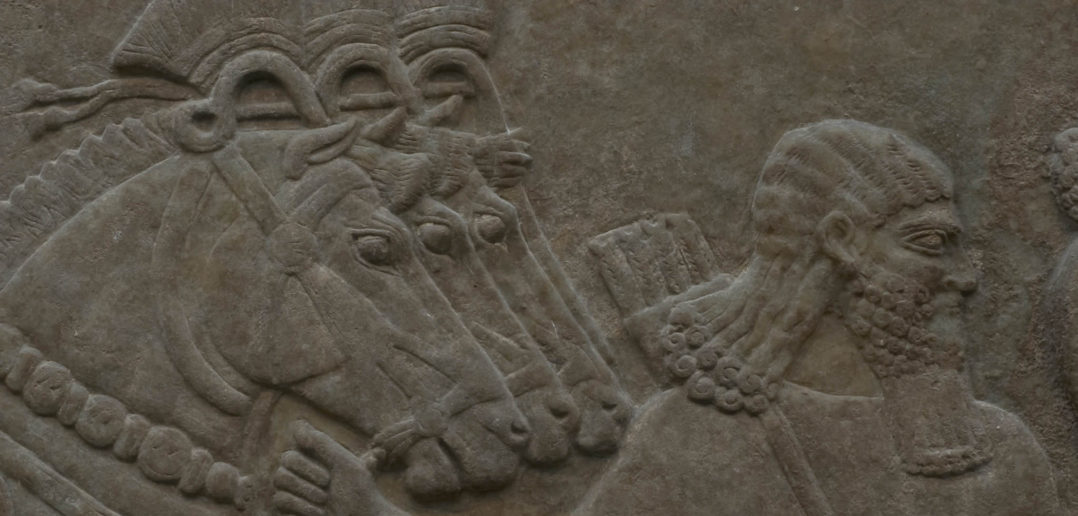Archaeologists and historians are outraged after militants from the Islamic State (IS) bulldozed the excavation site of the ancient Assyrian city of Nimrud.
IS began demolishing the World Heritage Site, which is located around 20km southeast of Mosul and dates back to the 13th century BC, on Thursday.
The palace at Nimrud, known as the biblical city of Calah, was the ruling seat of King Ashurnasirpal II, from where he presided over a kingdom that included modern-day Iraq, Syria, and parts of Egypt and Turkey.
UNESCO Director General Irina Bokova condemned the destruction:
“I condemn in the strongest possible manner the destruction of the archaeological site of Nimrud site in Iraq. This is yet another attack against the Iraqi people, reminding us that nothing is safe from the cultural cleansing underway in the country: it targets human lives, minorities, and is marked by the systematic destruction of humanity’s ancient heritage.
“We cannot remain silent. The deliberate destruction of cultural heritage constitutes a war crime. I call on all political and religious leaders in the region to stand up and remind everyone that there is absolutely no political or religious justification for the destruction of humanity’s cultural heritage”
The actions are part of IS’ plans for systemic destruction of all historical sites and artefacts throughout the ‘cradle of civilisation’ where they have established their Caliphate. IS claims that all ancient shrines and statues are false idols, which need to be destroyed.
However, despite SI claims these ancient objects represent idolatry, the group continues to raise significant funds in the black market trade of such artefacts.




